Understanding Electro-Optical Crystals
Electro-optical crystals are not just another class of materials; they are at the frontier of optical innovations. These crystals are more than meets the eye. At their very essence, they alter how they interact with light under the influence of an electric field. This intricate dance between electricity and light has roots in the very atomic structure of the crystal. As the electric field manipulates the spatial distribution of the charged particles within the crystal, it indirectly influences how the crystal interacts with light, leading to variations in its refractive index. The underlying physics is both complex and beautiful.
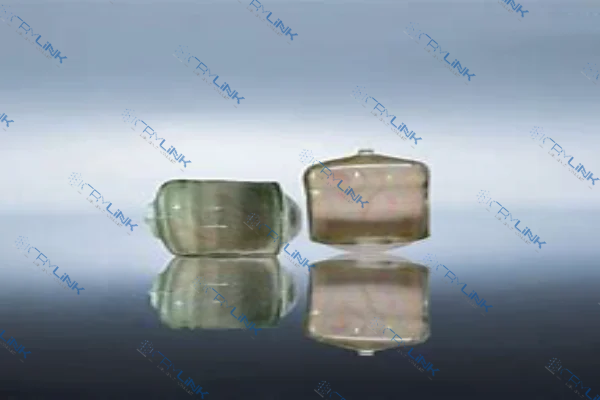
Given the inherent ability of electro-optical crystals to react to electrical stimuli, they have paved the way for a plethora of technological applications. From advanced communication systems to precision instruments in scientific research, their potential seems limitless. The magic lies in the coupling of the crystal’s electronic and optical properties, a phenomenon that has become indispensable in modern photonic devices.
The Electro-Optical Effect: A Glimpse into the Basics
The realm of electro-optical effects is vast and varied. At its heart is the concept that light, when passing through certain crystalline structures, can have its properties modulated by electric fields. But how does this work?
When an external electric field acts on an electro-optical crystal, it induces a shift in the positions of positive and negative charges within the material. This movement alters the crystal’s internal electric field. As light is nothing but an electromagnetic wave, its interaction with this altered internal electric environment results in a change in its propagation characteristics, most notably, its refractive index.
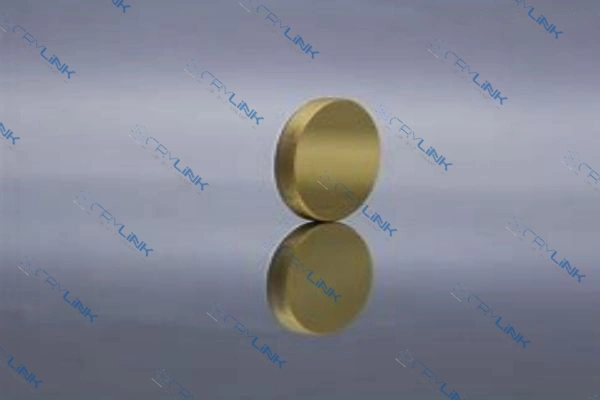
What’s even more intriguing is that the degree of optical change in the crystal is often linearly related to the strength of the applied electric field. This linearity offers incredible precision in controlling light properties, making these crystals the cornerstone for many optical modulation applications.
The bridging capability of these crystals, serving as a conduit between electrical and optical domains, has revolutionized how we design and implement many contemporary optical systems. This conversion, from electrical signals to modulated optical signals, is the backbone of technologies like high-speed fiber-optic communication, where data is transmitted at the speed of light.
Dive Deep: Types of Electro-Optical Crystals
The diverse world of electro-optical crystals encompasses a range of materials, each with its own unique properties and nuances. While they all share the fundamental ability to modulate light in response to an electric field, differences in their atomic structure, temperature stability, and other characteristics make each type stand out in specific applications. Here, we will delve into some of the prominent members of this family.
Lithium Niobate (LiNbO3)

Lithium Niobate, often the first choice for many researchers and engineers, has earned its reputation for a reason. This crystal’s notable electro-optical coefficients make it a powerhouse in applications ranging from modulators to Q-switches in lasers. Its transparency in the visible to mid-infrared range widens its application horizon. Yet, every rose has its thorn. For LiNbO3, photorefractive damage, particularly in high-power scenarios, is a concern. This phenomenon can distort the light passing through the crystal, affecting the device’s overall performance.
Barium Titanate (BaTiO3)
Barium Titanate, with its exceptional sensitivity to electric fields, finds its niche in many electro-optical devices. Its versatility is evident from its capacity to operate across a range of wavelengths, catering to various applications from imaging to communication. But, nature’s design isn’t without flaws. Synthesizing large, impeccable Barium Titanate crystals remains a challenge. Defects in the crystal lattice can hamper its electro-optical efficiency, necessitating rigorous quality control during production.
Potassium Tantalate (KTaO3)
Emerging from the shadows of its more popular counterparts, Potassium Tantalate is carving a place for itself. Its trump card? Remarkable temperature stability. For devices operating in fluctuating environments, KTaO3 offers consistent performance. However, it’s not without its Achilles’ heel. The crystal’s electro-optical coefficient, when compared to the likes of LiNbO3 or BaTiO3, is on the lower side, which might make it less appealing for applications requiring high sensitivity.
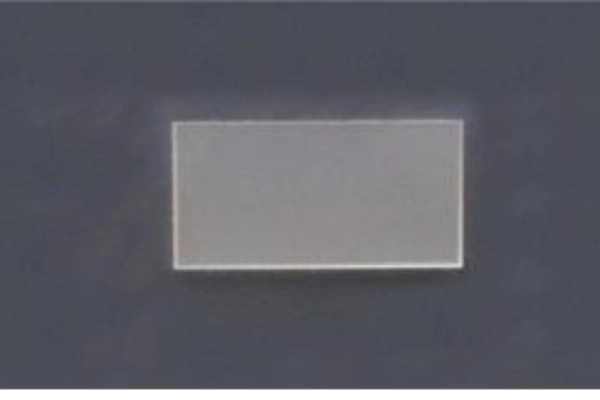
Cadmium Telluride (CdTe)
Cadmium Telluride stands out for its broad transmission range, covering a vast spectrum from the visible to the far-infrared. This property, combined with a high damage threshold, makes it a prime candidate for high-power applications where other crystals might falter. Yet, there’s a caveat. CdTe’s sensitivity to temperature fluctuations demands precise environmental controls to ensure consistent performance, adding to the operational complexities in some scenarios.
Advantages and Limitations of Electro-Optical Crystals
Electro-optical crystals, owing to their unique ability to interplay between electrical and optical realms, have paved the way for revolutionary technological advancements. Yet, as with any material or technology, they come with their set of strengths and challenges. Let’s dive deeper into what makes these crystals both desirable and sometimes a tad challenging to work with.
Advantages
- Versatility: One of the standout traits of electro-optical crystals is their adaptability. Whether it’s for refining communication signals in the bustling world of telecommunications or capturing intricate details in advanced imaging systems, these crystals find a place everywhere. Their broad application spectrum means they’re an invaluable asset in many technological arenas.
- Speed: In an age where speed equates to efficiency, electro-optical crystals shine brightly. The transformation in their optical properties, triggered by an electric field, happens in the blink of an eye. This near-instantaneous response gives devices like high-speed modulators and switches an edge in real-time operations.
- Flexibility: Electro-optical crystals aren’t a one-size-fits-all solution, and that’s a good thing. Depending on specific requirements, their optical characteristics can be fine-tuned. By adjusting the strength and orientation of the applied electric field, researchers and engineers can optimize these crystals’ behavior, ensuring they’re just right for the task at hand.
Limitations
- Temperature Sensitivity: Every crystal has its comfort zone, a temperature range within which it performs best. Step outside this range, and some electro-optical crystals might start showing inconsistencies in their performance. For devices operating in volatile environments, this sensitivity can pose challenges, necessitating additional temperature control mechanisms.
- Production Challenges: Nature’s marvels aren’t always easy to replicate. Crafting large, flawless electro-optical crystals in the lab is akin to creating art. The intricate process requires precision, patience, and expertise. Any deviation can introduce defects, which can significantly impair the crystal’s efficacy.
- Cost: Quality comes at a price. Electro-optical crystals, especially those of high purity and perfection, demand a hefty investment in terms of production. From sourcing raw materials to the advanced equipment and expertise required for synthesis, the costs add up, making some of these crystals a premium commodity in the market.
Real-World Applications of Electro-Optical Crystals
Electro-optical crystals have seamlessly woven themselves into the fabric of our technological ecosystem. They serve as the backbone of myriad applications that might go unnoticed, but are integral to our modern lives.
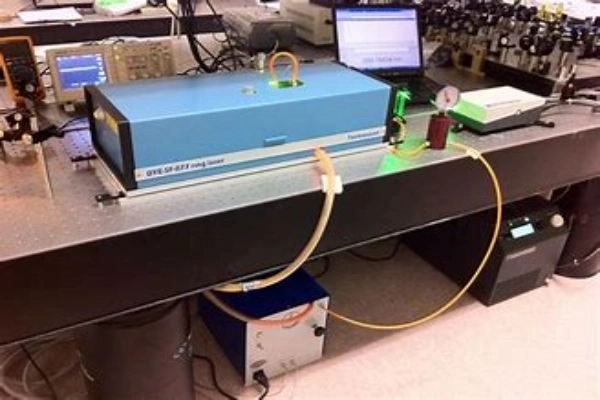
Beam Steerers:
These devices, often used in LIDAR systems for autonomous vehicles and other applications, require the precision and speed electro-optical crystals offer. By leveraging the unique properties of these crystals, beam steerers can direct laser beams with unparalleled accuracy, ensuring reliable data collection.
Modulators:
In the realm of telecommunications, the speed and efficiency of data transfer are paramount. Electro-optical crystals are employed in modulators to convert electrical signals into optical signals, facilitating faster communication across vast distances.
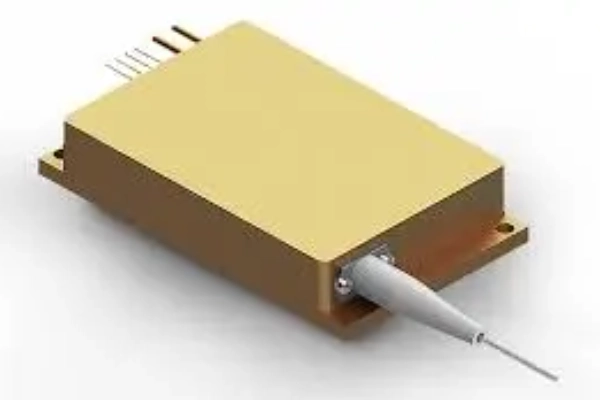
Advanced Security Systems:
As security needs grow sophisticated, technology must keep pace. Facial recognition systems, pivotal in advanced security setups, employ these crystals to capture intricate details, ensuring foolproof identification and verification.
Entertainment:
The entertainment sector, especially augmented and virtual reality platforms, is also reaping the benefits. Electro-optical crystals enhance display technologies, offering immersive experiences to users.
The Road Ahead for Electro-optical Crystals
The trajectory for electro-optical crystals in the technological landscape is nothing short of promising. With the world transitioning towards faster, more efficient, and compact systems, these crystals are expected to play an even bigger role.
Quantum Computing:
The nascent field of quantum computing, poised to revolutionize data processing, will rely heavily on these crystals. Their ability to operate at minute scales and offer rapid responses makes them fit for the intricacies of quantum systems.
Telecommunications:
As data consumption soars and 5G becomes the norm, there will be an insatiable demand for faster data transfer methods. Electro-optical crystals, with their modulation prowess, are set to play a pivotal role.
Research & Development:
While we’ve made significant strides in harnessing the potentials of these crystals, there’s much left to uncover. The research community is abuzz with efforts to unearth novel crystals and optimize the properties of existing ones to cater to the ever-evolving technological needs. With every breakthrough, we move a step closer to a brighter, more efficient future powered by electro-optical crystals.
Conclusion
The realm of electro-optical crystals, with its myriad types and properties, underlines the harmonious interplay between electricity and light. As we stand at the intersection of electrical and optical innovations, these crystals promise a future teeming with technological breakthroughs. As we’ve journeyed from understanding their basic properties to exploring their diverse applications, one thing remains clear: electro-optical crystals are, and will continue to be, pivotal in shaping our technological landscape.
FAQs:
- What are electro-optical crystals?
- They are special crystals that change their optical properties in response to an applied electric field.
- Why are electro-optical crystals essential in telecommunications?
- They allow for high-speed modulation of light, which is vital for transmitting data over long distances quickly.
- Can the properties of these crystals be altered?
- Yes, by varying the applied electric field, you can optimize their properties based on specific requirements.
- What challenges do manufacturers face when producing these crystals?
- Producing large, defect-free crystals and managing their temperature sensitivity are among the primary challenges.
- Are there alternatives to electro-optical crystals in optical systems?
- While there are other materials and mechanisms to modulate light, electro-optical crystals offer a unique blend of speed, versatility, and efficiency, making them a preferred choice in many applications.

Frank
Frank graduated from the University of Shanghai for Science and Technology, majoring in optics. As a technical engineer at Crylink Company, he deeply understands crystal materials and laser components.
Related Video(s) with this Article
Related Product(s) with this Article
Related Application(s) with this Article
